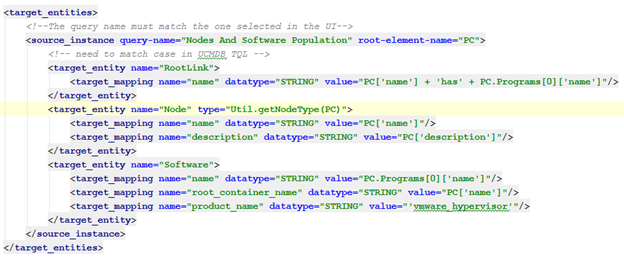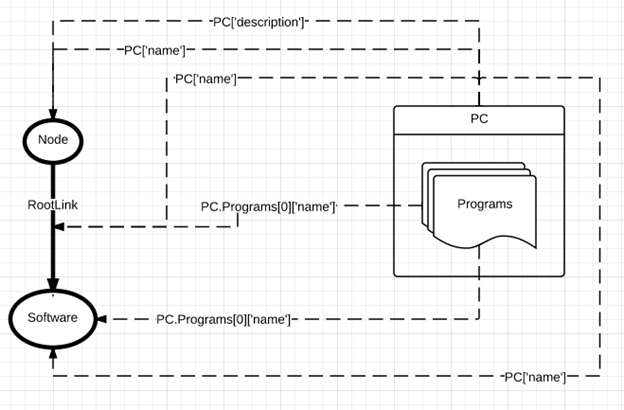Searching the Help
To search for information in the Help, type a word or phrase in the Search box. When you enter a group of words, OR is inferred. You can use Boolean operators to refine your search.
Results returned are case insensitive. However, results ranking takes case into account and assigns higher scores to case matches. Therefore, a search for "cats" followed by a search for "Cats" would return the same number of Help topics, but the order in which the topics are listed would be different.
| Search for | Example | Results |
|---|---|---|
| A single word | cat
|
Topics that contain the word "cat". You will also find its grammatical variations, such as "cats". |
|
A phrase. You can specify that the search results contain a specific phrase. |
"cat food" (quotation marks) |
Topics that contain the literal phrase "cat food" and all its grammatical variations. Without the quotation marks, the query is equivalent to specifying an OR operator, which finds topics with one of the individual words instead of the phrase. |
| Search for | Operator | Example |
|---|---|---|
|
Two or more words in the same topic |
|
|
| Either word in a topic |
|
|
| Topics that do not contain a specific word or phrase |
|
|
| Topics that contain one string and do not contain another | ^ (caret) |
cat ^ mouse
|
| A combination of search types | ( ) parentheses |
|
Population Mapping Files
The XML mapping files have the same purpose as for push operations, except that the direction is reversed. These mapping files describe how the data returned by the connector will be mapped to the UCMDB data.
The information provided here is relevant for population mapping and is not already mentioned for the Enhanced Generic Push Adapter.
Following is an example of a mapping for UCMDB Nodes and Running Software. The first image shows the Nodes and Software Population TQL query. The second image displays the Nodes and Software Population Mapping.


This population job fetches data from an external system in the form of the ResultTreeNode (RTN) PC. The ResultTreeNode API was introduced by the Enhanced Generic Push Adapter and can be found in the push-interfaces.jar file located in the UCMDB Server lib folder. For more information, see Achieving Data Push using the Generic Adapter.
The PC RTN contains general node information in the form of attributes as well as an embedded Programs entity that contains software type entities with the relevant attributes.
One PC instance will be mapped to 3 entities in UCMDB:
- a Node CI
- a Running Software CI
- a Composition link CI
For more information about the format of the PC instance, see Population Request Output.
The way in which connector data is mapped to UCMDB data is shown in the following figure:

Let’s analyze the key lines:

The source_instance definition states that we will bring entities into UCMDB and the UCMDB topology that groups these entities is defined by the Nodes and Software Population TQL query. In addition, the data structure returned by the connector that will be used to create the UCMDB data is a ResultTreeNode named PC.

The target_entity tag states that a new UCMDB entity starts here and this entity corresponds to the RootLink element inside the Nodes and Software Population TQL query. This indication also includes the UCMDB CI type of the new entity.
The RootLink entity that will be created will have one attribute, name, whose value will be something like Computer_22 has MySQL Server.
This sample mapping uses manual link population. We recommended using the automatic approach described in Automatic Link Population.
The Population type Attribute

Note that the Node entity has a type attribute. This type indicates the exact CI type that this entity will have in UCMDB. The type attribute is not mandatory, because the entity’s default creation type is obtained from the TQL element it refers to (in this case, Node). However, if we want to return multiple instances of the UCMDB Node CI type and some of the instances are Windows while others are Unix, we can use the type attribute to specify the exact UCMDB creation type. So in this case, we create a getNodeType function inside the Util function script file, which receives as input the PC tree and returns the valid UCMDB CI type identifier (“unix” for Unix and “nt” for Windows).
Note The target_entity type attribute is only available in the context of a Population flow, and its value must be a valid Groovy expression.
We can describe the creation of the Software entity in the same way.
We welcome your comments!
To open the configured email client on this computer, open an email window.
Otherwise, copy the information below to a web mail client, and send this email to cms-doc@microfocus.com.
Help Topic ID:
Product:
Topic Title:
Feedback:





